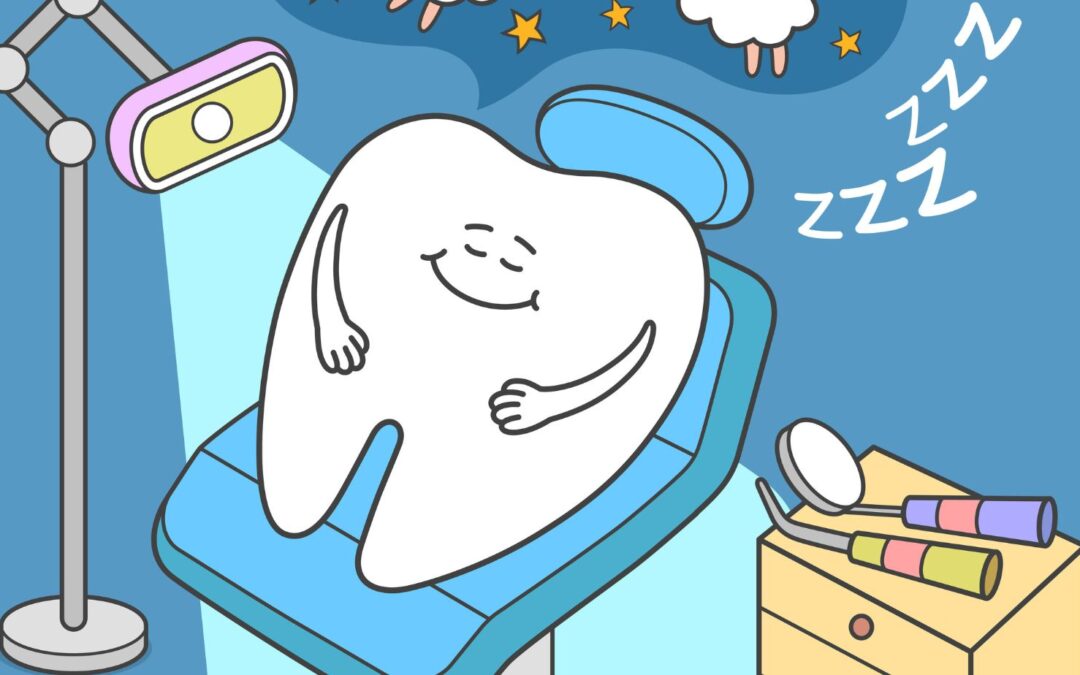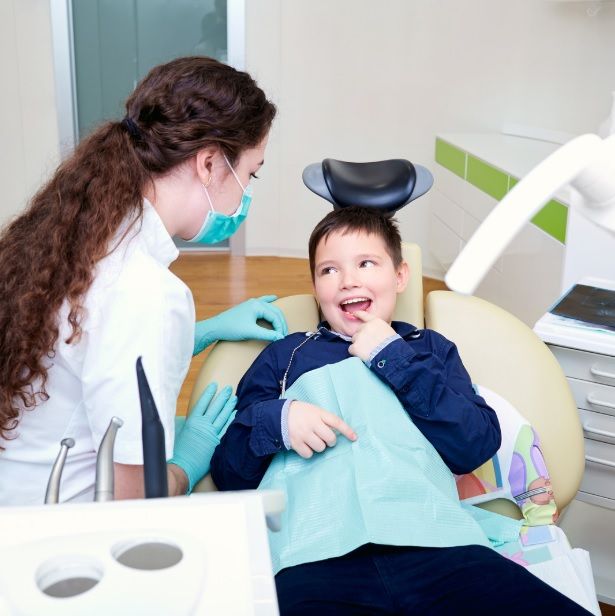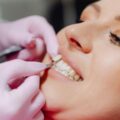The high-pitched whine of the drill echoing, the sterile smell of the clinic. For some, it’s just mild anxiety. But for others, it’s a full-blown phobia that keeps them from getting the dental care they need. Missed appointments, neglected teeth, and a growing sense of dread – it’s a vicious cycle.
But what if there was a way to get the necessary treatment without the heart-pounding anxiety? That’s where general anesthesia comes in. This blog post will take a deep dive into general anesthesia for dentistry. It’ll explore what you need to know before making a decision. Read on.
What Is General Anaesthesia?
Unlike local anesthesia, which numbs a specific area, general anesthesia affects your entire system. You won’t feel any pain, hear any sounds, or even remember the experience afterward. It’s like a temporary, controlled ‘power down’ for your brain and body, ensuring your comfort and safety throughout the process.
Now, while general anesthesia is commonly associated with major surgeries, general anaesthesia for dental procedures offers a way to get the necessary dental treatment without the heart-pounding anxiety. No more sweaty palms, racing heart, or that overwhelming urge to bolt from the dentist’s chair. Just peace of mind and a job well done.
When Is General Anaesthesia Used in Dentistry?
While most dental visits involve routine checkups and minor procedures, there are situations where general anesthesia becomes a valuable tool. It’s not an everyday solution but rather a carefully considered option for specific cases:
Odontophobia
For some individuals, odontophobia or dental fear is a barrier to essential care. General anesthesia provides a way to bypass that fear, allowing patients to receive treatment without the overwhelming stress.
Special Needs
Individuals with certain physical or cognitive disabilities might find it challenging to sit still or cooperate during dental procedures. General anesthesia creates a calm and controlled environment, enabling dentists to provide the necessary care safely and effectively.
Complex Procedures
Sometimes, dental work goes beyond simple fillings or extractions. Think impacted wisdom teeth, extensive oral surgery, or multiple procedures that would require several lengthy appointments. In these cases, general anesthesia can streamline treatment, minimizing discomfort and reducing the overall time spent in the dental chair.
Young Children
For very young children or those with particularly challenging behavior, sitting through a dental procedure can be nearly impossible. General anesthesia offers a gentle and stress-free experience, ensuring that even the littlest patients receive the care they need.

General anesthesia isn’t the first choice for every dental situation. Your dentist will carefully evaluate your individual needs and medical history before recommending this option.
Preparing for General Anaesthesia
Proper preparation can go a long way in ensuring a smooth and successful experience. Here’s a breakdown of what you can expect:
The Pre-Anesthesia Evaluation
Your anesthesiologist will want to learn about your medical history, any medications you’re taking, and any allergies you might have. This helps them tailor the anesthesia plan specifically for you, minimizing any potential risks.
Fasting
To prevent any complications, you’ll need to fast for a certain period before the procedure. Your dentist will give you specific instructions, but generally, it means no food or drinks (even water!) for about 6-8 hours beforehand.
Plan Ahead
After your procedure, you won’t be in any condition to drive yourself home. Make arrangements for a friend or family member to pick you up and stay with you for at least the first 24 hours. It’s also a good idea to have someone help you around the house for the first day or two, as you might feel a bit groggy and need some assistance.
Wear Comfortable Clothing
Opt for loose-fitting clothes that won’t restrict your movement or feel tight around your waist or neck. Leave the jewelry and fancy accessories at home – they’ll just get in the way.
By following these guidelines and communicating openly with your dental team, you can approach your procedure with confidence, knowing you’ve done everything possible to ensure a safe and positive experience.
The Potential Risks of General Anaesthesia in Dentistry
While general anesthesia is generally safe, it’s essential to be aware of the potential risks involved. Understanding them allows you to make informed decisions about your dental care and have open conversations with your dental team.
Common Side Effects
- Nausea and vomiting: It’s not uncommon to feel a bit queasy or even vomit after waking up from anesthesia. These symptoms usually subside within a few hours.
- Sore throat: The tube used to help you breathe during the procedure can sometimes irritate your throat, leading to a temporary sore throat.
- Headache and dizziness: Some people experience headaches or dizziness as the anesthesia wears off. These symptoms typically resolve on their own with rest and hydration.
- Muscle aches: Anesthesia can sometimes cause muscle aches or stiffness, particularly if you are lying in one position for an extended period.
Rare but Serious Risks
While less common, it’s important to be aware of the potential for more serious complications:
- Allergic reactions: Though rare, some individuals may experience allergic reactions to the anesthetic medications. These reactions can range from mild skin rashes to severe anaphylaxis, a life-threatening condition that requires immediate medical attention.
- Breathing difficulties: In some cases, anesthesia can interfere with normal breathing patterns. This is why your anesthesiologist closely monitors your respiratory function throughout the procedure.
- Heart problems: Anesthesia can affect heart rate and blood pressure. Individuals with pre-existing heart conditions may be at a slightly higher risk of complications.
- Malignant hyperthermia: This is a rare but potentially fatal genetic condition triggered by certain anesthetic agents. It causes a rapid rise in body temperature and muscle rigidity. Prompt recognition and treatment are critical.
Factors That Increase Risk
Certain factors can influence your risk level when undergoing general anesthesia:
- Age: Very young children and older adults may be more susceptible to complications.
- Overall health: Pre-existing medical conditions, such as heart disease, lung disease, or diabetes, can increase the risk.
- Complexity of the procedure: Longer and more complex procedures may carry a slightly higher risk compared to shorter, simpler ones.

By understanding the risks and working closely with your dental team, you can approach your procedure with confidence and prioritize your safety and well-being.
Final Thoughts
The decision to undergo general anesthesia for dental treatment is a personal one. If you’re considering it, take the first step today—contact your dentist and start the conversation.





